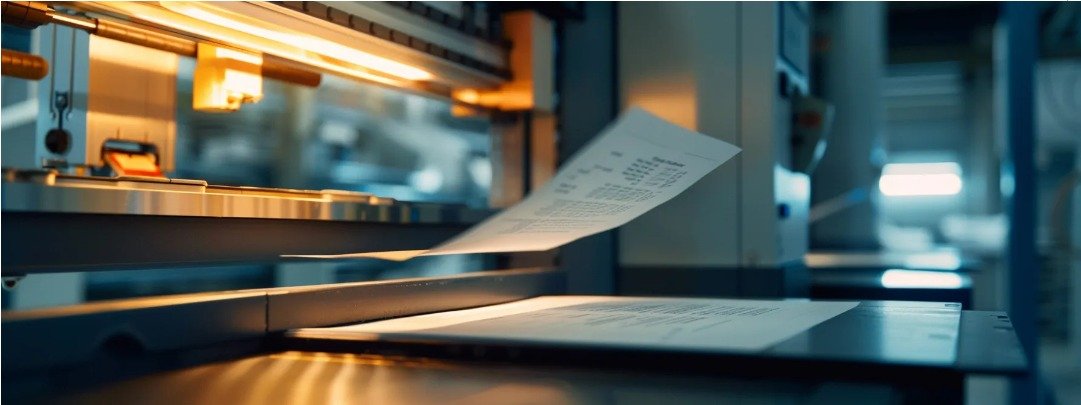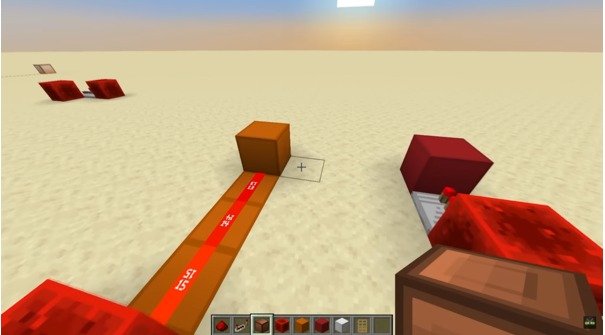The laborious task of proposal document creation has historically consumed countless hours, detracting from the strategic engagement with potential clients. In today’s fast-paced business environment, the ability to quickly and efficiently produce high-quality proposals can set a company apart from its competitors. Automating the proposal creation process offers a myriad of both tactical and strategic benefits, including streamlined workflows, enhanced accuracy, reduced turnaround times, and the ability to leverage data analytics for continuous improvement. Embracing technological solutions in this aspect of business is becoming increasingly indispensable. Keep reading to discover the compelling advantages of integrating automation into your proposal creation practices.
The Role of Automation in Streamlining Proposal Creation
Proposal document automation streamlines repetitive tasks and ensures that teams can focus on crafting customized content where it counts. By assembling components automatically, this technology minimizes manual input, reduces errors, and enhances efficiency. It also ensures that corporate branding and formatting standards are met, eliminating the last-minute rush to correct inconsistencies.
Automation also improves document management by simplifying tracking, version control, and accountability. Tasks like populating contact details and product specs are handled automatically, speeding up proposal creation and allowing more time for refining persuasive elements, increasing the likelihood of winning new business.
Enhancing Accuracy and Consistency with Automated Templates
Automated templates are a crucial strategy for improving the accuracy and consistency of proposal documents. They ensure that each proposal adheres to a set of uniform standards, reflecting the company’s brand identity. This consistency fosters trust and professionalism, especially in competitive bidding situations. Automated templates eliminate guesswork and variability, preventing overlooked sections and inconsistent language.
Clients receive clear, concise, and comprehensible proposals, streamlining the decision-making process. Automation also reduces the likelihood of errors, such as typos, incorrect figures, and outdated information. Templates are dynamic tools that can be adjusted to the specific needs of each proposal, ensuring consistency, relevance, and customization. This dual advantage elevates the standard of proposals, demonstrating attention to detail and understanding of the client’s unique needs.
Shrinking Turnaround Times for Competitive Advantage
Automated proposal processes significantly reduce turnaround times, giving businesses an edge over slower competitors. This allows for faster response to opportunities, increased bid volume, and quicker tailoring of proposals to client requirements. Automation maintains a calm environment even with deadlines, ensuring critical steps are not skipped or inadequately addressed.
This allows teams to focus on strategic planning and refining proposal narratives, rather than worrying about assembly and format compliance. Generating high-quality proposals quickly is crucial in competitive bidding scenarios, as it can make the difference between securing a lucrative contract or losing it to a competitor better equipped to meet expedited demands.
Leveraging Analytics for Continuous Improvement of Proposals

Automated proposal systems offer analytical capabilities that enable continuous improvement by aggregating data on proposal engagement and outcomes. These systems can identify trends and patterns, allowing for better strategy planning. By tracking metrics like time spent on each proposal section and client engagement, proposal teams can refine their approach, focusing on areas of interest and reworking underperforming sections.
The data collected from completed proposals can also be used to develop best practices and benchmarks for future work, fostering a feedback loop where each proposal is an opportunity to learn and enhance the overall proposal strategy. Automation serves as a strategic partner, providing analytical depth and a cumulative learning experience in proposal crafting.
Collaborative Workflows in Proposal Management: Integrating Automation Tools
Automation is a crucial tool in the proposal process, facilitating collaboration among various stakeholders. It provides a centralized platform for seamless communication, ensuring alignment throughout the development cycle. Automation enhances visibility into each stage of the proposal process, allowing real-time tracking and management of contributions. It also allows for the setting of roles and permissions to protect sensitive information.
It accelerates critical feedback cycles, allowing reviewers to provide feedback directly within the system. The centralized repository of feedback ensures all suggestions and revisions are accounted for, resulting in a well-considered final document. Automation also enables the seamless integration of external collaborators, ensuring comprehensive proposals that reflect the organization’s full capabilities.
Altogether, the benefits of automating the proposal document creation process cannot be overstated. By enhancing accuracy, reducing turnaround times, and fostering collaboration, automation tools empower businesses to produce exemplary proposals that stand out in a competitive market. What begins as an efficiency tool evolves into a strategic asset, catalyzing growth and innovation in how organizations approach and secure new business opportunities.
Read More: Redstone for Beginners: How to Create Simple Machines in Minecraft





